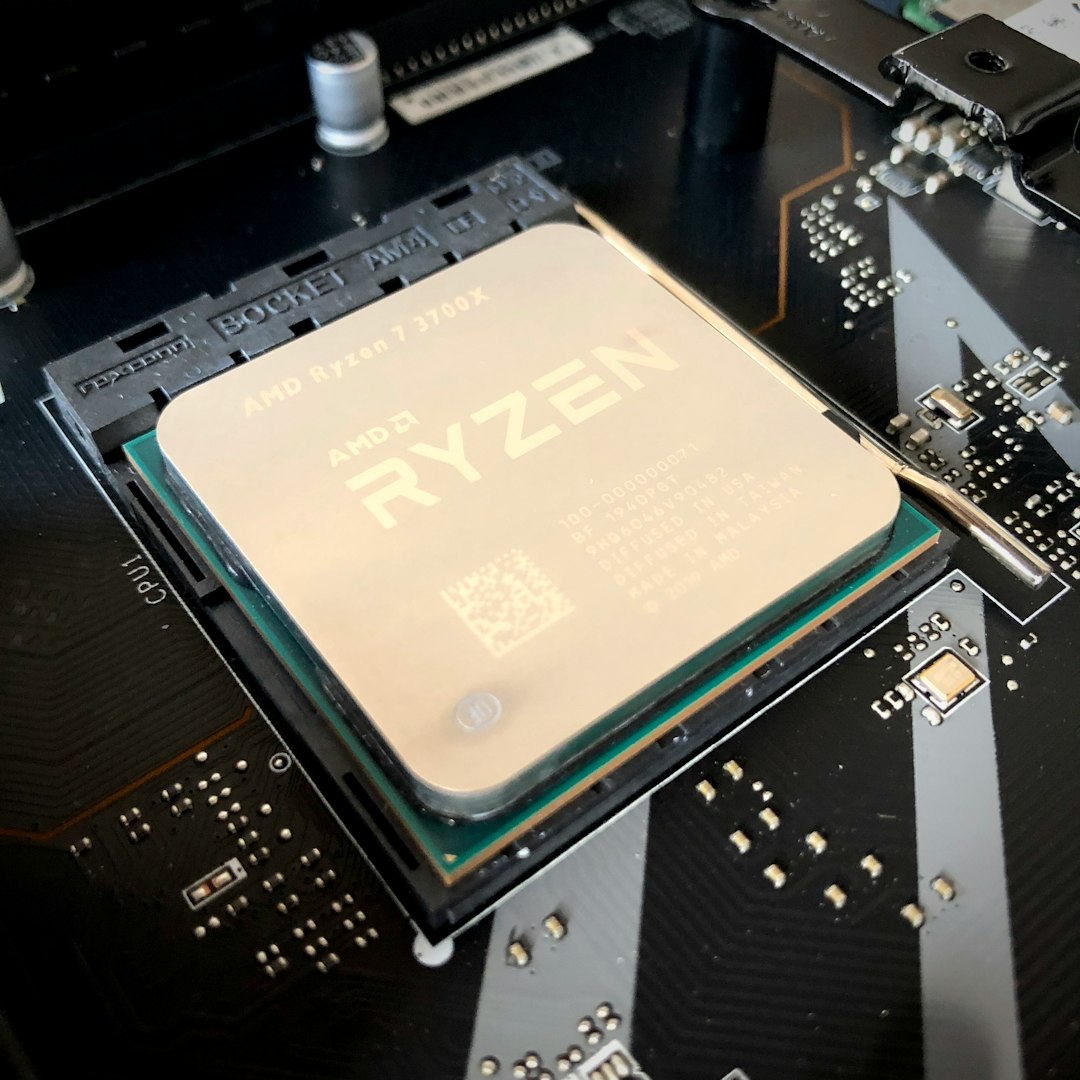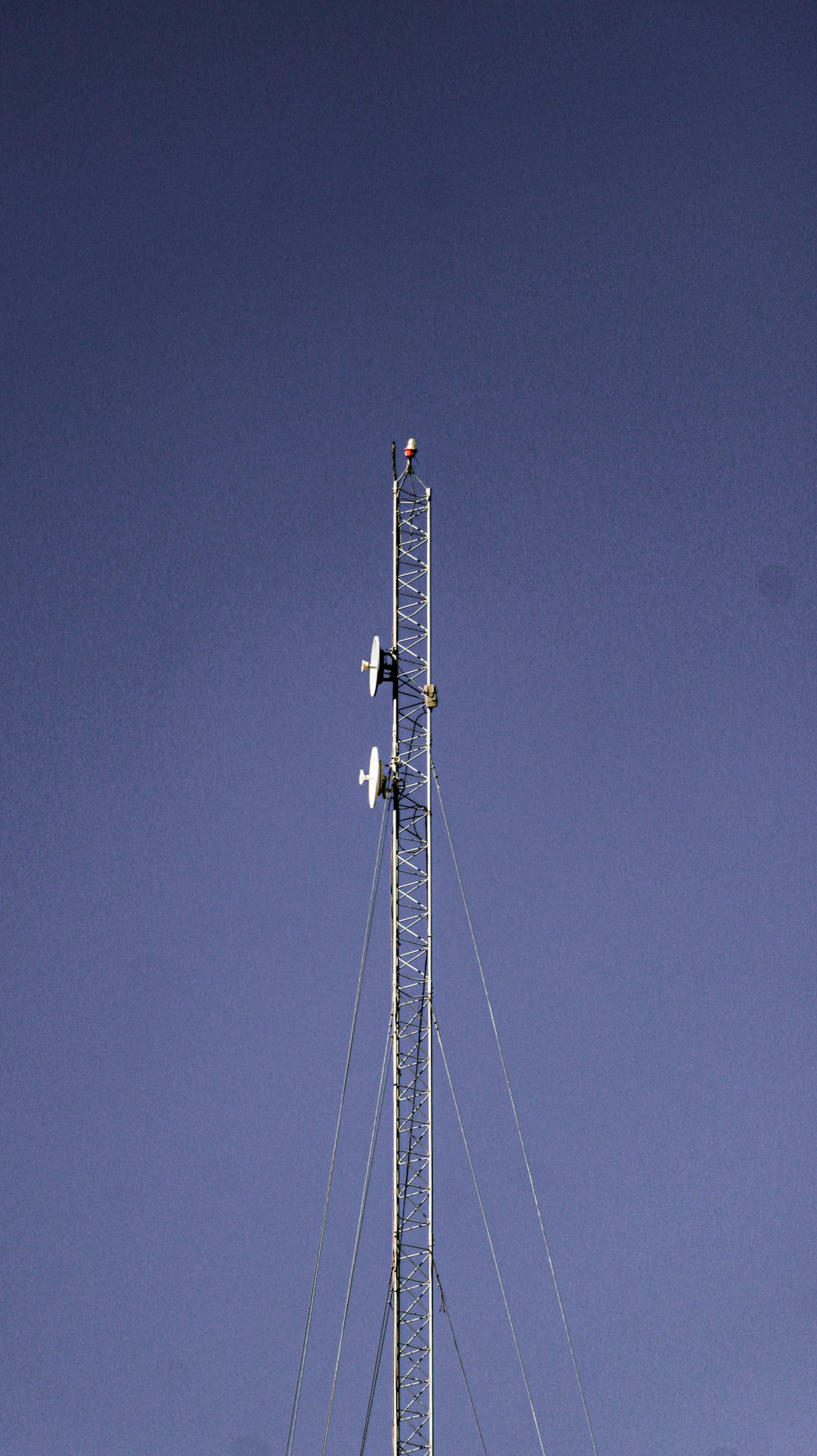In today’s world of interconnected technology, the Universal Serial Bus (USB) standard continues to be a vital component for connecting devices. Whether it’s external hard drives, keyboards, webcams, or printers, USB is the go-to protocol. However, USB cables have distance limitations, which can be a challenge in setups requiring long-distance connections. To overcome these restrictions, two commonly used devices are USB repeaters and USB extenders. Although both serve the purpose of extending USB connectivity, they operate differently and are suited for varied applications.
Understanding USB Repeaters
A USB repeater is essentially a USB cable with built-in electronics that regenerate and amplify the signal as it travels. When the length of a USB cable exceeds around 5 meters (approximately 16 feet) for USB 2.0, the signal begins to degrade. With a USB repeater, the signal is “repeated” or boosted so that it can travel further without data loss.
USB repeaters often come in the form of what’s called an active USB extension cable. These cables look like standard USB cables but include a booster circuit embedded within the cable or at one end of it.
Key characteristics of USB repeaters include:
- Typically extend USB connections up to 10 meters per segment
- May be daisy-chained (connected sequentially) for longer distances, up to a certain limit
- Require power from the USB port or, occasionally, from an external power adapter
- Ideal for moderate distances within the same room or building

Understanding USB Extenders
In contrast, a USB extender is a more advanced solution designed to transmit USB signals over longer distances than can be achieved using repeaters. This is accomplished by converting the USB signal to another format for transmission—usually over Cat5, Cat6 Ethernet cable, or even fiber optic lines—and then converting it back to USB at the other end.
USB extenders typically include two parts: a transmitter unit that connects to your computer or host device, and a receiver unit located at the remote end where the USB device is connected. These are often powered by external AC adapters to ensure signal integrity over extended distances.
Main features of USB extenders:
- Can transmit USB signals over 50 to 100 meters or more (using CAT6 or fiber)
- Often powered by external power supplies for consistent performance
- Ideal for industrial, professional AV, and control room setups
- Support for USB 1.1, 2.0, and some models even 3.0

Direct Comparison
To better understand the differences, here’s a side-by-side comparison:
| Aspect | USB Repeater | USB Extender |
|---|---|---|
| Transmission Medium | USB cable with embedded amplifier | Network or fiber cables (Cat5/6, fiber optic) |
| Maximum Distance | Up to 30 meters using daisy chaining | Up to 100 meters or more |
| Power Requirements | Usually powered by USB port | Typically requires external power |
| Cost | Budget-friendly | More expensive due to built-in electronics |
| Best Use Case | Home or small office setups | Commercial, industrial, or enterprise applications |
When Should You Use Each?
Choosing between a USB repeater and a USB extender depends mainly on your environment and how far you need to transmit the signal.
Use a USB repeater if:
- You need to extend by just a few meters
- The connection runs within a single room or adjacent rooms
- You want a simple plug-and-play setup without extra hardware
Use a USB extender if:
- You need to cover long distances such as between different floors or buildings
- You require high performance and minimal signal loss
- You are using USB devices in industrial or professional environments
Final Thoughts
Understanding the difference between a USB repeater and a USB extender is essential for choosing the right solution for your connectivity needs. While both aim to overcome the typical USB distance limitations, they serve markedly different roles in terms of capability, reliability, and cost. For simple, short-range extensions, repeaters will usually suffice. However, for more robust and long-range applications, extenders are the preferred—and often necessary—choice.
By making an informed decision, you ensure stable USB performance, reduce latency, and avoid connectivity issues in demanding environments.
